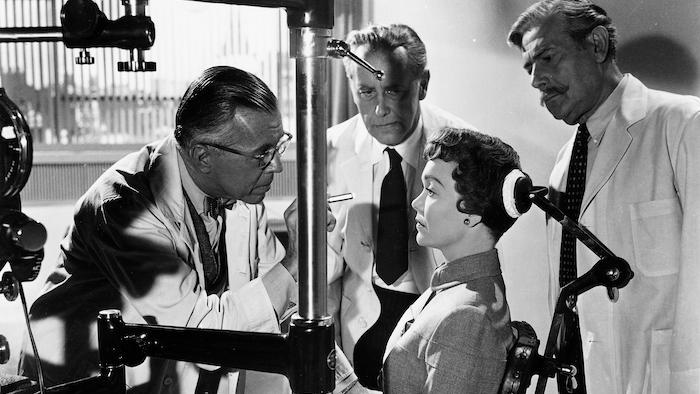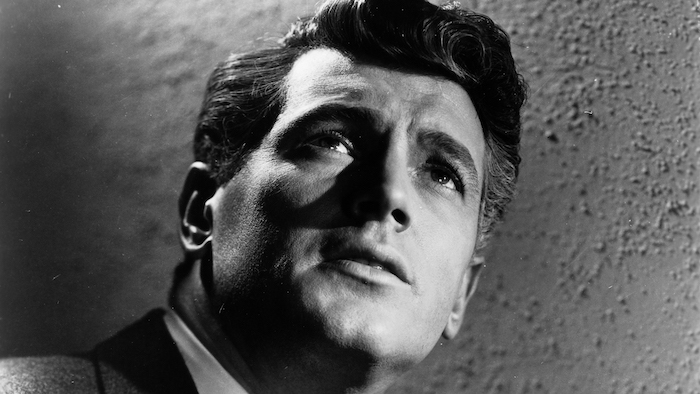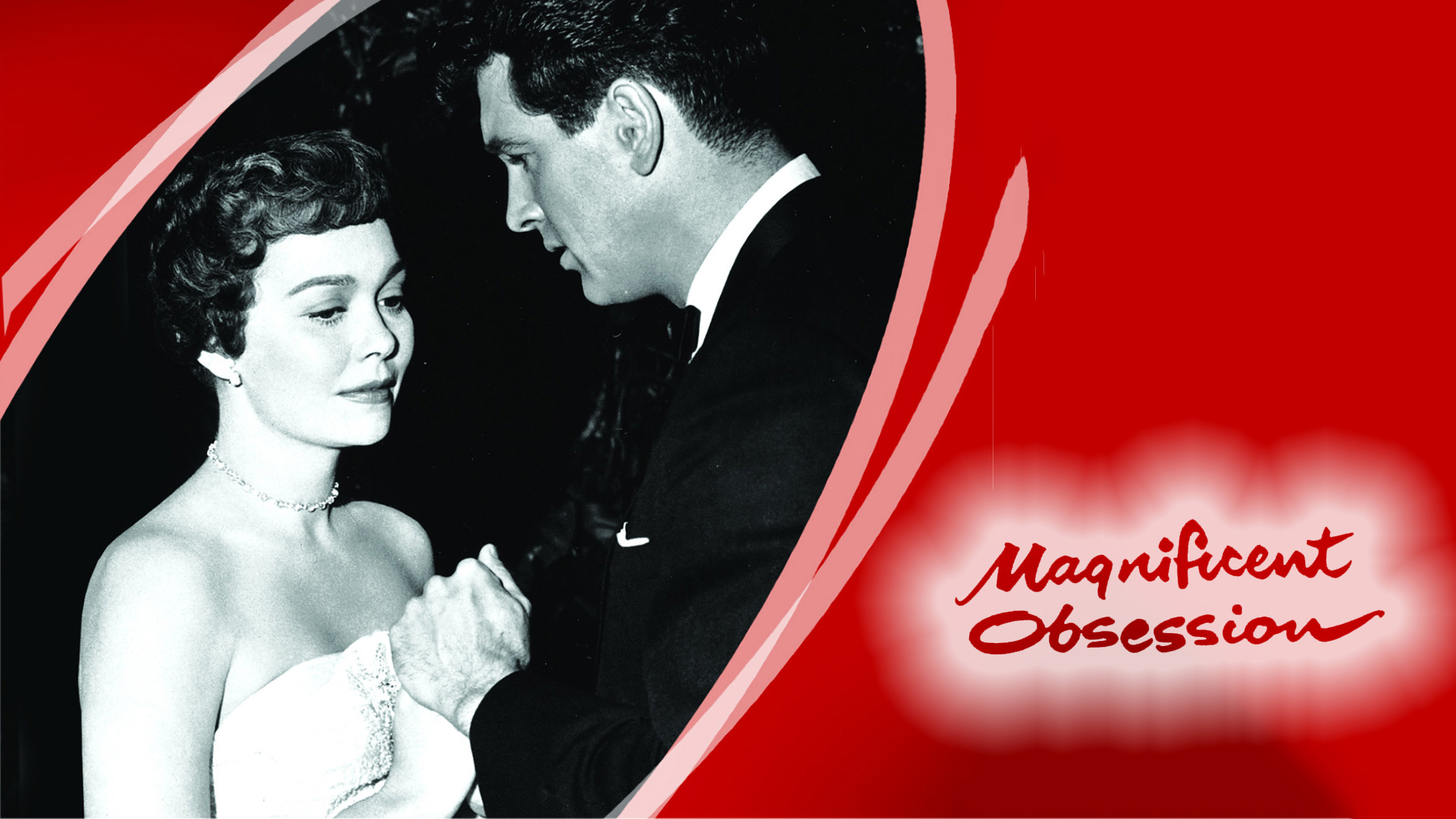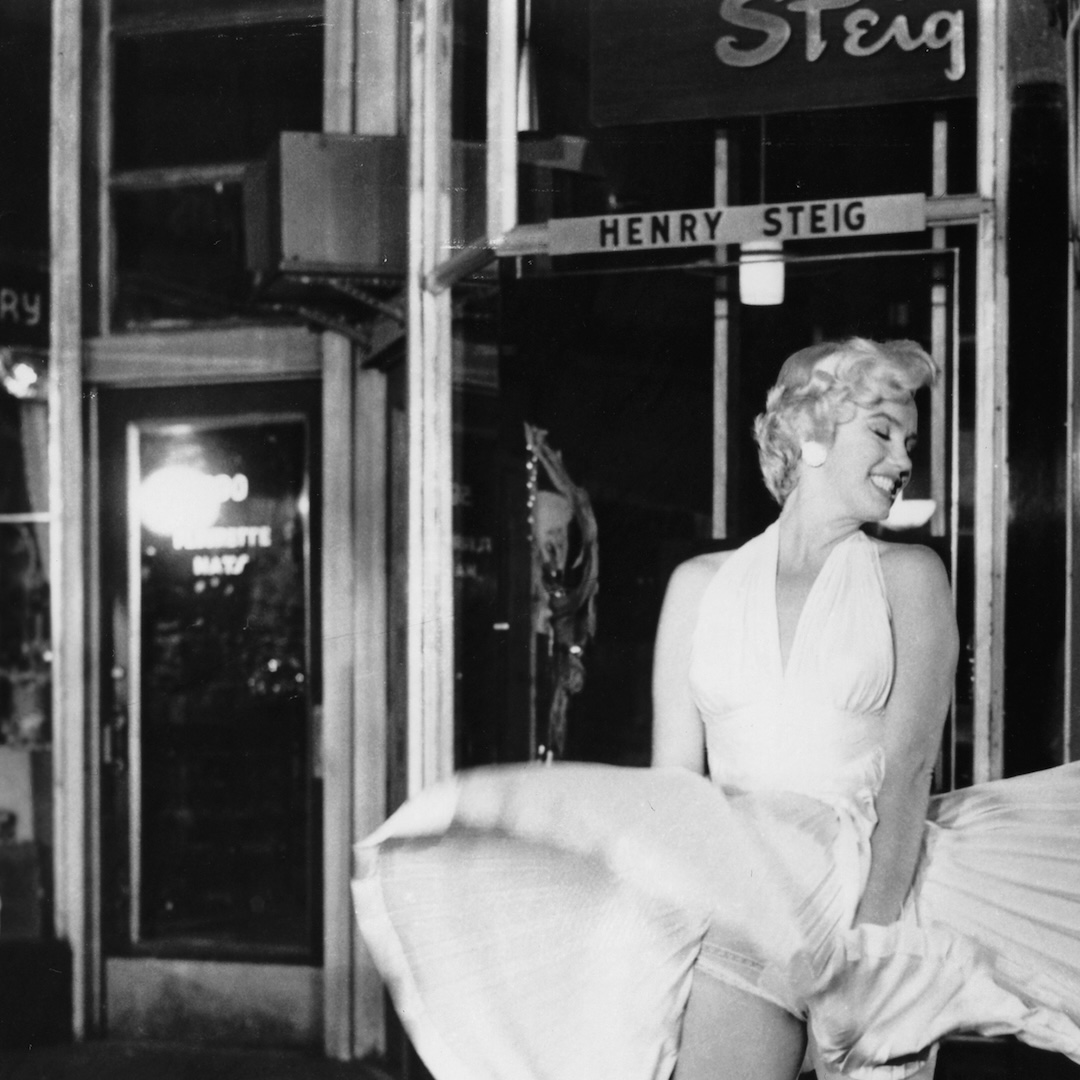Magnificent Obsession (1954) – Trash Meets High Art
April 20, 2020 By Go Back“…unquestionably a handsome [film]. Better still, generally restrained performances at least dignify a moist text, which may seem inspiration to some, pure corn to others.”
– Howard Thompson reviewing Magnificent Obsession in the New York Times (Aug. 1954)
Director Douglas Sirk (1897–1987) was the master of melodrama. And while the term “melodrama” is regularly employed as a derogative, in the case of Sirk, it’s a badge of honour. In the 1950s, Sirk was not only the master of domestically-minded, female-centric tales of sudden deaths, doomed lovers, and catastrophic accidents – tales too outrageous to be believed – he practically invented them. According to Sirk, “there is a very short distance between high art and trash, and trash that contains the element of craziness is by this very quality nearer to art.” And while All That Heaven Allows (1955) and Written on the Wind (1956) may be his most iconic films, no film is trashier, crazier, or more artful than his Magnificent Obsession (1954).
Sirk broke the mould with Magnificent Obsession and emerged triumphant, creating his own subgenre of melodrama and influencing noted filmmakers to come, including queer icons Rainer Werner Fassbinder – the West German director who made forty-four Sirkian homages before his untimely death at thirty-seven, and Todd Haynes, whose Julianne Moore-starring Far From Heaven (2002) was a direct remake of Sirk’s All That Heaven Allows, as well as John Waters who paid tribute to him with Polyester (1981). The film would garnish the careers of its leads with further prestige, earning an Oscar nomination for star Jane Wyman – then at the pinnacle of her career – and launching the megastar status of iconic mid-century playboy Rock Hudson (also a queer icon), who prior to his role in Magnificent Obsession was relegated to B-movie Westerns. With its brazenly outrageous plot punctuated by hyperbolic film style, one would think Magnificent Obsession is a campy, melodramatic guilty pleasure. Yet, Sirk exercises utter refinement and the film is anchored by two unparalleled and mystically believable (despite an outrageous plot) performances from Wyman and Hudson.

Based on the 1929 novel by Lloyd C. Douglas of the same name, Magnificent Obsession recounts the tragedies of the recently married and widowed Helen Phillips (Wyman). Helen’s much older husband – a celebrated surgeon and head of a charitable hospital – dies of cardiac arrest after the life-saving resuscitator that he stores at his home was “borrowed” by paramedics just minutes before his heart attack. Phillips dies so that rich, spoiled playboy Bob Merrick (Hudson) can live after he flips his speedboat across the lake from the Phillips house (the film is set in Lake Tahoe’s surroundings). Merrick is ungrateful until he learns of the cost of his life saved. He falls in love with Helen (who is nearly a decade older) and attempts to convince her that he has changed his ways – upon refusing his advances, a freak accident occurs and Helen is blinded. Merrick blames himself and vows to cure her by studying surgery, while also posing as a mysterious stranger “Robbie Robertson” whom Helen falls in love with (her blindness prevents her from recognizing the man who led to her husband’s death and her accident). And while that’s the bare bones of the plot, there’s of course more unfathomable emotional eccentricities. However trashy or preposterous the plot may seem, Magnificent Obsession never wears thin in its melodrama thanks to Sirk’s sage choices in style and editing.
The German-born Detlef Sierck was highly respected in the theatre prior to becoming a film director and Americanizing his name to Douglas Sirk. A colleague of Kurt Weill and Bertolt Brecht, Sirk became one of Germany’s leading stage directors in the 1930s, directing Weill and Brecht’s most famed production of The Threepenny Opera. In 1934 he joined the studio ranks of UFA but left Germany for Switzerland in 1937 with the rise of the Nazi party (at that time Sirk was married to his second wife who was Jewish). He eventually emigrated to Hollywood in 1942. If his career was quite prestigious in the politically unstable Europe, his early years in Hollywood were somewhat trying. After directing the anti-Nazi Hitler’s Madman in 1943, Sirk found himself first at Columbia, then Universal assigned to mostly B-films with European flair and stagey westerns. It was directing one of the latter – Taza: Son of Conchise (1954) – that Sirk met the dashing Rock Hudson and cast him in Magnificent Obsession despite his relative inexperience and the significant age gap between he and Wyman (Wyman was 36 to Hudson’s 29). Magnificent Obsession, with its lush Technicolor, its dual setting of Lake Tahoe’s Sierra Nevada region and Europe’s Alps (Helen travels to Switzerland for surgery), and its high octane action sequences, including a speedboat crash, was Sirk’s most high profile project up to that time.

It wasn’t the first time Magnificent Obsession had been adapted – in 1935 John M. Stahl directed his version for Universal starring Irene Dunne and Robert Taylor. It was quite a success for the studio and likely would have been remembered by the general audience of the 1954 version. In many ways, Stahl was the forefather to Sirks’s melodrama – a noted director whose career in melodrama dated back to the silent era. The pinnacle of Stahl’s career was Fox’s Leave Her to Heaven (1945) starring Gene Tierney in her most diabolical and notorious role as a deranged wife. Upon his death in 1950, it would seem Sirk carried Stahl’s torch, only amplifying the zaniness of the melodrama even more so. In his version of Magnificent Obsession, Sirk cared very little about any faithfulness to the book, instead relying on and inheriting the significant deviations made in Stahl’s version. If the earlier version of the film feels more like fantasy – a black-and-white, glitzy melodrama about the society set – Sirks’s version is relatively more realist. 1954’s Magnificent Obsession offers a view or critique of American upper-middle class life that could be made only from the objective perspective of an outsider – a European who fled fascism, no less.
Much of the film’s staging appears to be torn from the pages of Life magazine, or a mid-century ad campaign for domestic-oriented brands like Kodak, Jell-O, or Campbell’s soup. Helen’s stunning, pastel coloured sundresses (with matching jewelled cat’s eye sunglasses) make-up much of the film’s bright colour palette. Shot by the celebrated cinematographer Russell Metty (who worked with Orson Welles), dark interiors are magically aglow with mere hints of flames. Much is made of the distinction between light and dark – a visual metaphor that mimics Helen’s blindness and desire for her sight to return. Blindness was a theme recurrent throughout Sirk’s filmography – somewhat ironically, he would go blind later in life and often discuss his lifelong fear of the condition. From every angle (and especially Hudson’s jawline), Magnificent Obsession looks outstanding. Like a time capsule of all 1950s Americana had to offer. It’s a film invested in the act of looking and the gift of sight, and Sirk makes all that he can of every inch of the sets, the lakeside-setting and the costumes. Magnificent Obsession truly needs to be seen to be believed. More than mere sensationalism, its plot encompasses the magic of classic Hollywood. It’s less about believing and more about being swept away. As its New York Times reviews points out, to some the film might be considered pure trash or corn, but Sirk justifies it all with his mastery over the medium.












 Follow us on Instagram
Follow us on Instagram